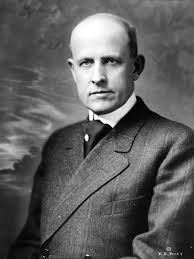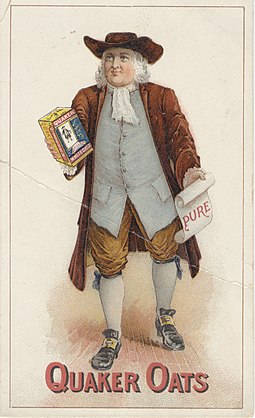In Flanders Fields
Between the crosses, row on row,
That mark our place, and in the sky,
The larks, still bravely singing, fly,
Scarce heard amid the guns below.
We are the dead; short days ago
We lived, felt dawn, saw sunset glow,
Loved and were loved, and now we lie
In Flanders fields.
Take up our quarrel with the foe!
To you from failing hands we throw
The torch; be yours to hold it high!
If ye break faith with us who die
We shall not sleep, though poppies grow
In Flanders fields.

McCrae served in a field hospital that sat close by the Yser Canal in Ypres, Belgium. On May 2, 1915, McCrae had to officiate at the battlefield funeral of Lt. Alexis Helmer a 22-year-old close friend. from Ottawa who seved with the Canadian First Artillery. Helmer been blown to bits by an eight-inch German shell launched from the other side of the canal.
The next day, McCrae penned his famous poem while sitting on the back bumper of an ambulance that overlooked the make-shift cemetery. He was inspired by the poppies that grew among the wooded crosses.
McCrae did not live to see the end of the war. He died of pneumonia in 1916.


















